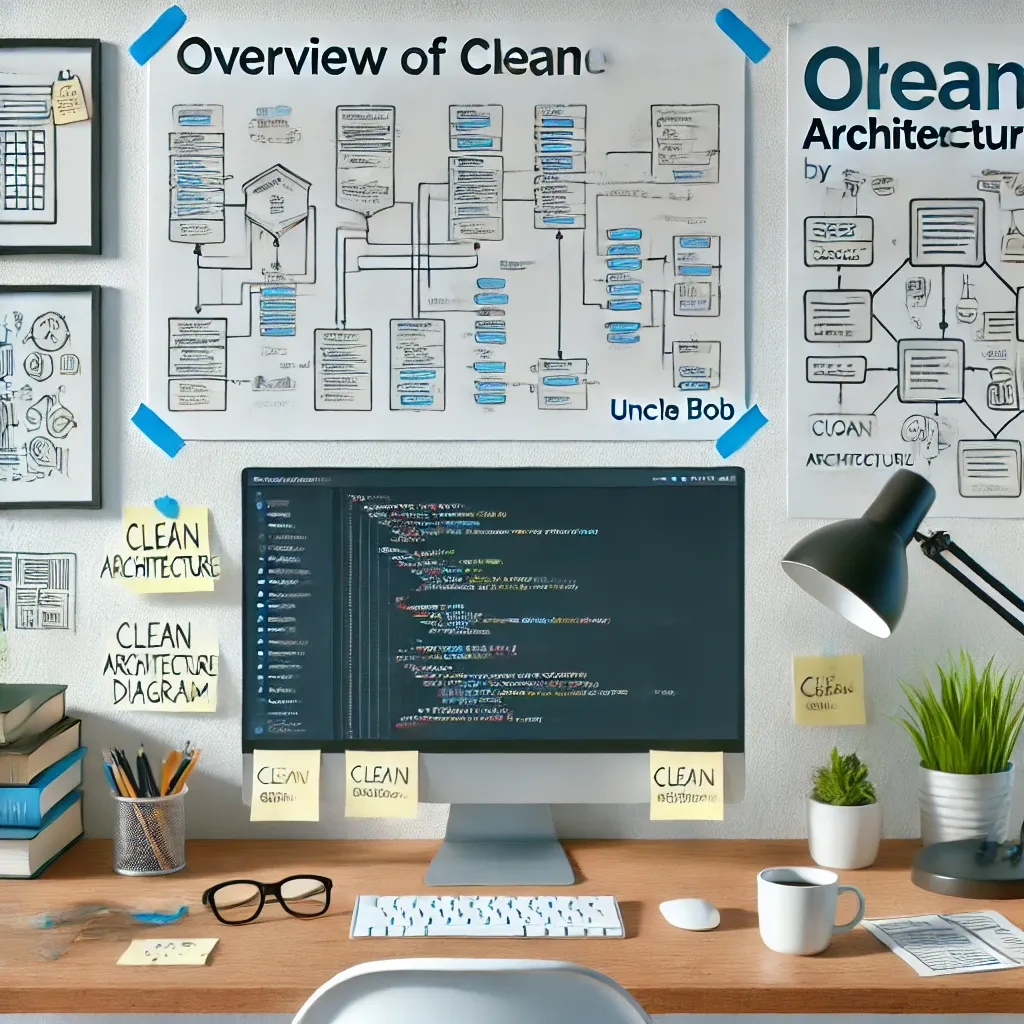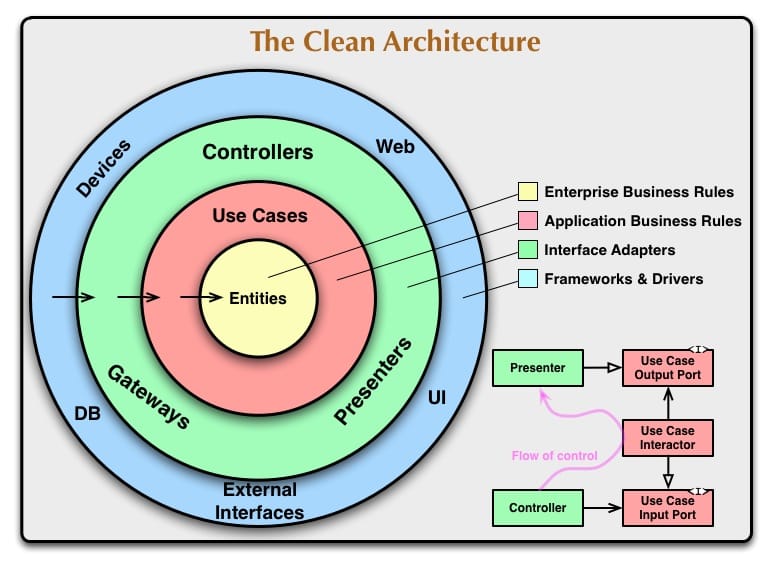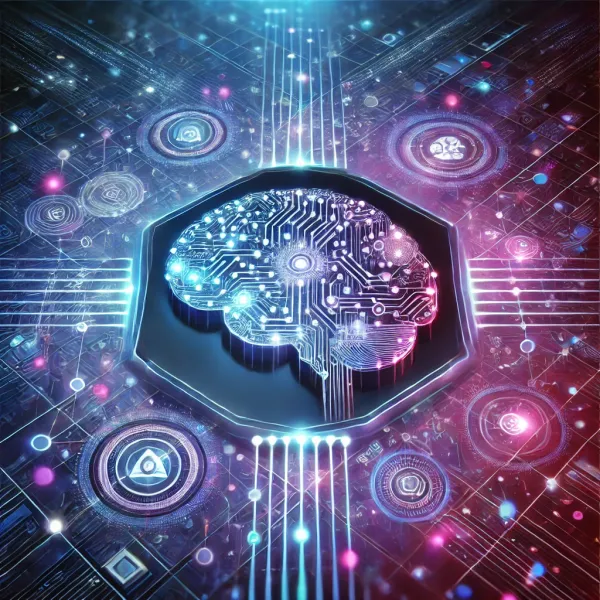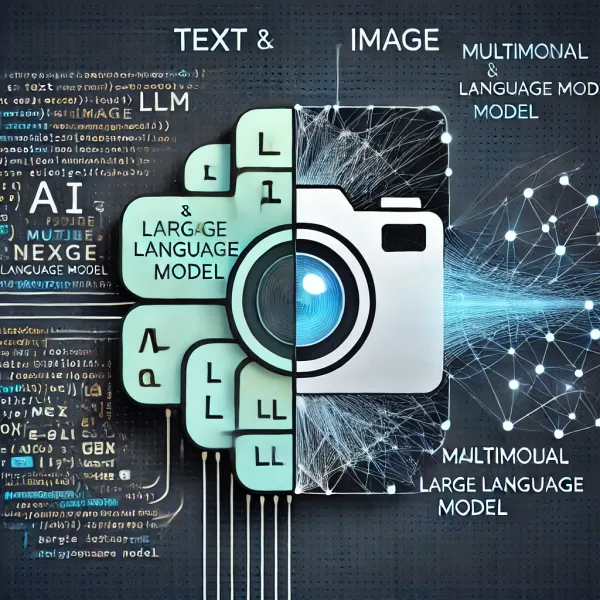Overview of Clean Architecture

Introduction
Clean Architecture is a software design philosophy that aims to create systems that are easy to understand, maintain, and test. It was introduced by Robert C. Martin (Uncle Bob) in his book “Clean Architecture: A Craftsman’s Guide to Software Structure and Design.”
Key Concepts
- Independence: The architecture should be independent of frameworks, UI, database, and any external agency.
- Testability: Business rules can be tested without the UI, database, web server, or any other external element.
- Maintainability: The system should be easy to maintain and extend.
Layers of Clean Architecture
- Entities: Core business rules and data structures.
- Use Cases: Application-specific business rules.
- Interface Adapters: Converters that interface with the use cases and entities.
- Frameworks & Drivers: External systems like UI, database, and web frameworks.
Diagram

Conclusion
Clean Architecture provides a blueprint for building maintainable, testable, and scalable software systems. It promotes separation of concerns and decoupling of components, making the system easier to manage and evolve.




